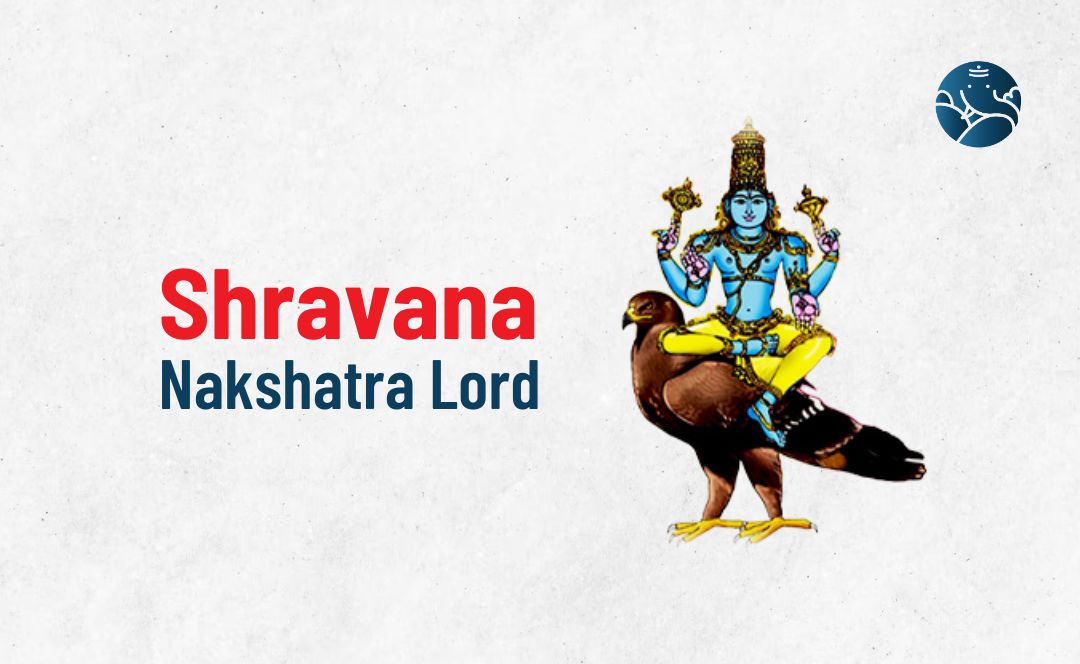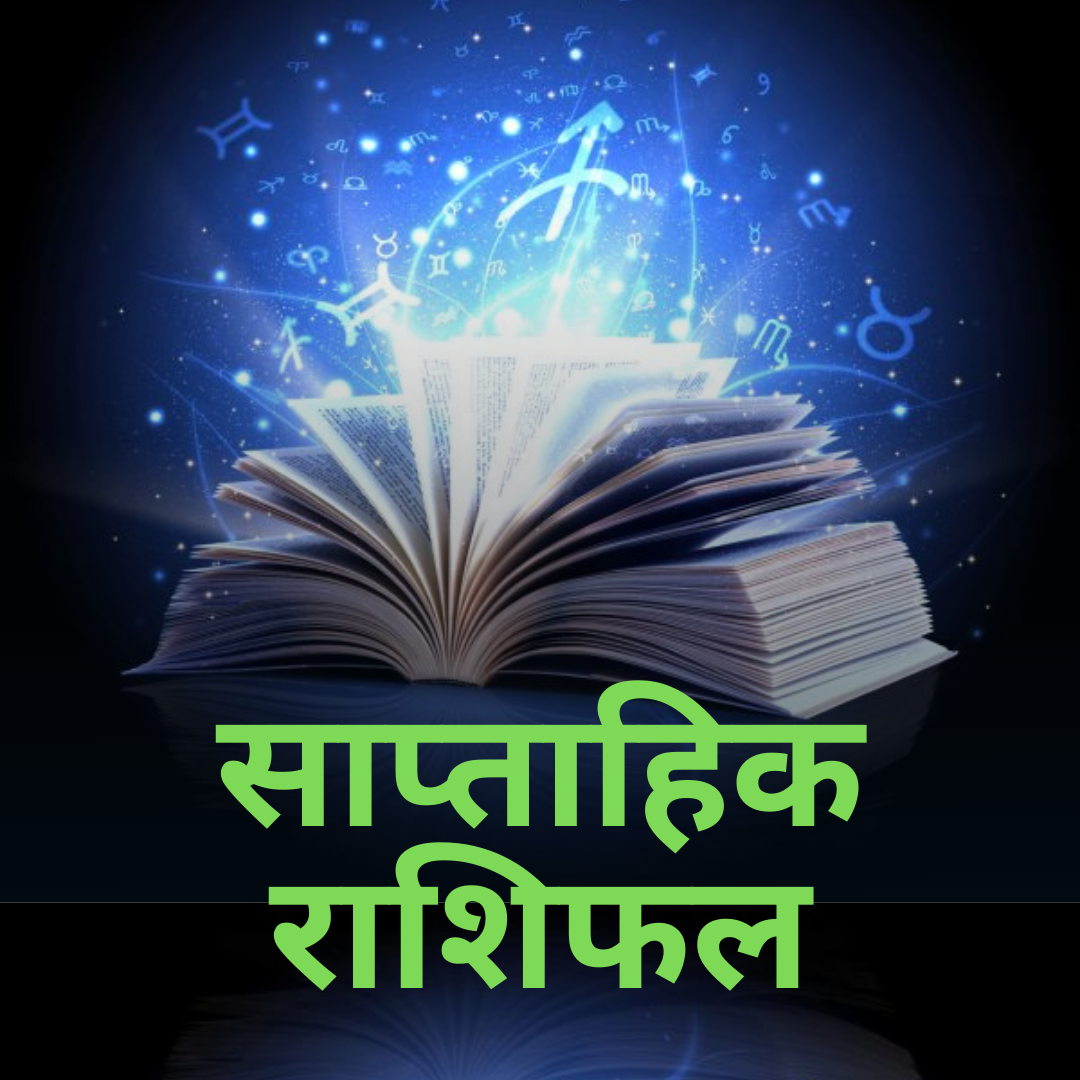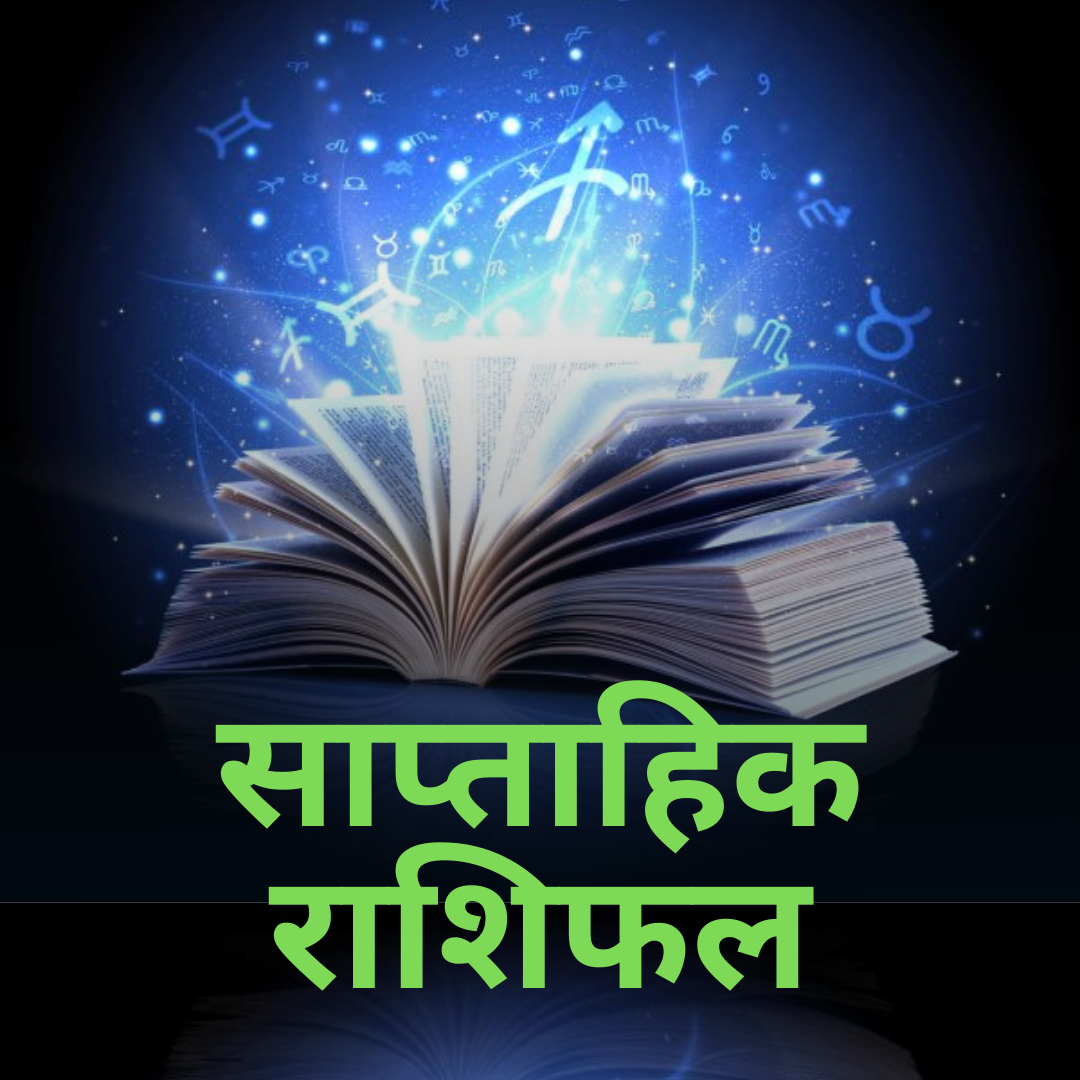
Significance of Holi festival Rituals, Story and Muhurat
Holi, the Hindu festival of colours, is one of the most widely celebrated Hindu festivals. It marks the end of winter in India and welcomes the arrival of spring. Individuals play with colours, meet and greet one another, and make new beginnings on this joyful day. Each of us looks forward to Holi because of the fervour and vibrancy it brings. Holi is a festival that takes place on the full moon day in the month of Phalguna which is either in Feb or March depicting the victory of good over evil.
Why do we celebrate Holi?
Hiranyakashipu was a demon-like monarch from ancient India. He wanted vengeance for his younger brother's death at the hands of Lord Vishnu. As a result, the king prayed for years to achieve authority. Hiranyakashipu began to regard himself as God and demanded his followers to worship him as such. Prahalad, the cruel king's young son, was a devout follower of Lord Vishnu. Prahalad had always disobeyed his father's command and continued to worship Lord Vishnu. The King was so bad-hearted that he chose to murder his son for refusing to worship him. He asked his fire-resistant sister, 'Holika,' to sit on a pyre of fire with Prahalad in her lap. Prahalad was gonna be set ablaze. However, Prahalad, who was reciting Lord Vishnu's name throughout, was spared, while Holika was burned to ashes. The defeat of Holika means the incineration of all evil. Hiranyakashipu was then murdered by Lord Vishnu. Holi, on the other hand, is associated with Holika's death. As a result, in some Indian states, such as Bihar, a pyre in the form of a bonfire is lit the day before Holi to commemorate the death of evil.
Lord Krishna is said to have celebrated Holi with colours and therefore popularised the festival. At Vrindavan and Gokul, he liked to play Holi with his pals. They used to pull pranks on people and this became a community event. As a result, Vrindavan's Holi celebrations are unrivalled to this day.
The significance of the Holi celebration is that it is a spring festival that ushers at the end of the winter season. The celebrations are also linked to the spring harvest in some areas. Farmers celebrate Holi as part of their satisfaction after seeing their stores restocked with new crops. Holi is also called 'Vasant Mahotsava' and 'Kama Mahotsava' as a result of this.
Furthermore, Holi is a three-day festival, not a one-day event.
Day 1: Coloured powder and water are put in little brass pots on a thali on full moon day (Holi Purnima). The eldest male member of the family leads the celebration by sprinkling colour on his family members.
This is often referred to as 'Puno.' On this day, people burn Holika's portraits and even start bonfires to commemorate the narrative of Holika and Prahalad. To seek the blessing of the God of fire, people go around the campfire five times in a clockwise direction.
Day 2: This is the last and final day of Holi celebrations, and it is known as 'Parva.' On this particular day, Water and coloured powder are thrown on each other as a part of the celebration. Radha and Krishna's deities are worshipped and smeared with colours.
Holika Puja bestows power, money, and fortune and alleviates fear in people’s lives. Holika Puja should be done before the Holika Dahan and should be performed at a suitable muhurat. Idols of Holika and Prahalad should be placed on the top of a tiny heap made from cow dung. The Holika pile is decorated with shields, swords, sun, moon, stars and everything is usually made of cow dung.
Holika Dahan Muhurat:
Holika Dahan muhurat is best obtained during Pradosh when Purnimasi Tithi is in effect and Bhadra has passed. If Bhadra is successful during Pradosh but concludes before midnight, Holika Dahan should be performed after Bhadra. Only Holika Dahan should be performed in Bhadra if Bhadra ends after midnight, preferably during Bhadra Punchha. However, Bhadra Mukha should be avoided at all costs, and Holika Dahan should never be performed in Bhadra Mukha. This brings terrible luck for the entire year. Between Pradosh and midnight, Bhadra Punchha is frequently unavailable. In such cases, Holika Dahan should be performed during Pradosh. To find out the perfect muhurat for all Pooja’s, you can opt for our astrology phone consultation anytime.









